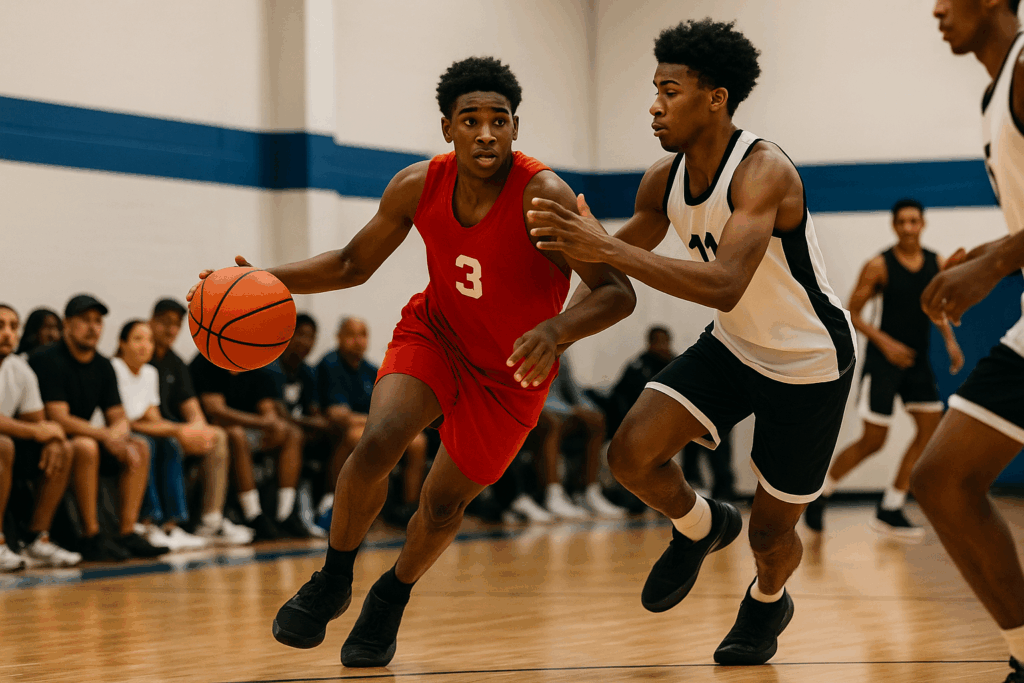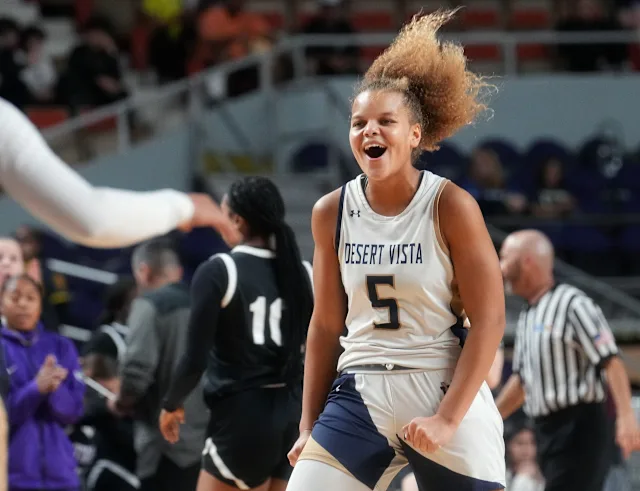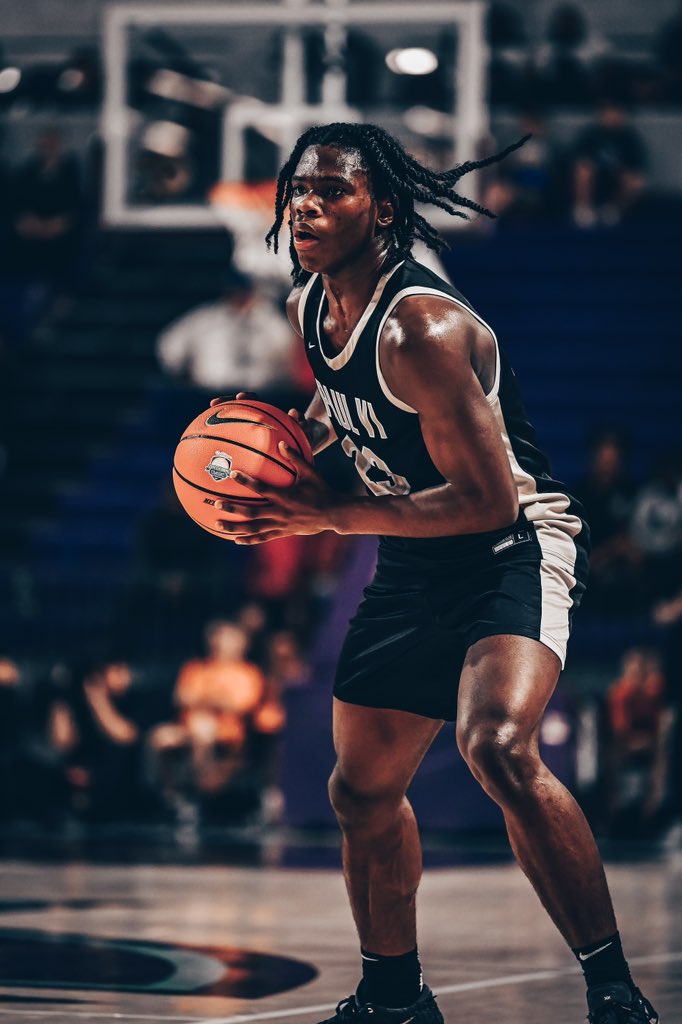They’re 9, 10, maybe 11 years old — and they already have rankings, mixtapes, Instagram pages, and, in some cases, sponsorships. Welcome to the world of elementary and middle school scouting, where the Class of 2029 is no longer a group of kids just learning to love the game — they’re the latest entries in a fast-moving content economy built on youth performance.
But in a culture increasingly driven by exposure and early branding, the question is clear: are we spotlighting promise, or stealing childhood?
Who’s Watching — and Why?
Fueled by social media, grassroots circuits, and a growing appetite for “the next big thing,” middle school rankings have become a fixture in the youth sports landscape. Websites post top 25 lists for 5th and 6th graders. YouTube channels rack up hundreds of thousands of views profiling players who haven’t even hit puberty. Talent evaluators book flights to regional showcases that resemble mini NBA combines — minus the grown-ups.
To some, this is simply the evolution of scouting. “It’s never too early to spot talent,” one ranking site editor said. “These lists help kids get on the radar — and that’s how opportunities start.”
But at what cost?
Performance Pressure Before Puberty
Child psychologists and educators are raising red flags about the mental health toll early rankings can take. “When a kid’s value is tied to how high they’re ranked at 11, that pressure can become internalized — fast,” says Dr. Kendra Moore, a sports and adolescent psychologist.
Even those who thrive under the spotlight may not be spared. “What happens when that growth curve plateaus?” Moore continues. “What happens when a once-top-10 kid is passed over at 14? That identity collapse is real.”
And let’s not forget the flipside: kids who don’t make the lists. The absence of a ranking can feel like a verdict — a closed door, long before the race truly begins.
Who’s Driving the Machine?
In many cases, it’s not scouts or brands driving the early hype — it’s parents. Some manage their child’s highlight pages, reach out to media outlets, and even negotiate “brand deals” long before high school. Others are simply trying to keep up, believing that early exposure is the only way forward in a competitive and expensive system.
But as one anonymous parent admitted, “We’re all chasing something that’s not guaranteed. Sometimes I wonder who it’s really for — the kids, or us?”
When Development Takes a Backseat
Lost in all the buzz is what’s best for the athlete long-term. Early physical development doesn’t always predict future success. Prioritizing rankings over fundamentals, growth mindset, and joy can lead to burnout — or worse, injury.
“Being a kid is not a race,” says Coach Jalen Rivers, a youth development trainer in Atlanta. “Some of the best players I’ve ever coached didn’t ‘pop’ until high school. But they stayed the course. That’s the real blueprint.”
Rewriting the Script
At Elite Sports Connect, we believe the narrative needs a reset. Visibility matters — but not more than well-being. Ranking systems may never go away, but how we engage with them — as parents, coaches, and platforms — can evolve.
We can celebrate potential without turning kids into commodities. We can document journeys without scripting destinies. And we can protect the right to grow at your own pace — even in a fast-moving game.
The real question isn’t “Who’s #1 at 11?”
It’s “Who’s still loving the game at 18?”



